Lukesland: The romantic Dartmoor gardens bursting with exotic blooms and historic shrubs
Set in a steep valley just below Dartmoor, Lukesland Gardens — in Ivybridge, Devon — are romantic woodland gardens filled with exotic trees and flowering shrubs, many of historic importance. Caroline Donald paid a visit; photographs by Mark Bolton.
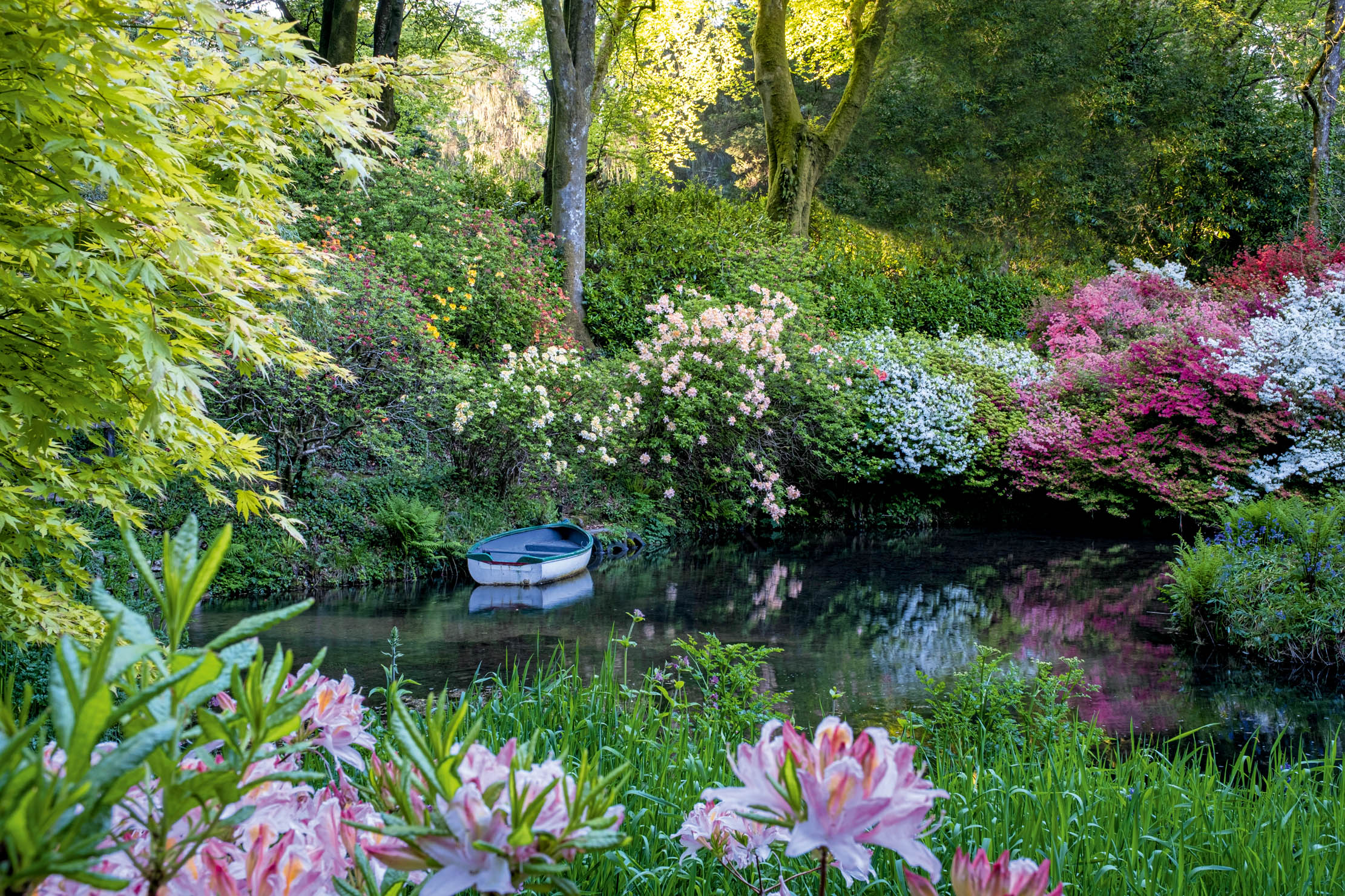
If only spread counted towards becoming a UK champion tree, the Magnolia campbellii at Lukesland, a former hunting lodge above Ivybridge and two fields below Dartmoor, would well qualify: its branches reach an impressive 95ft across. Alas, there is one at Borde Hill in West Sussex with a wider trunk girth, so it takes the credit, but, in the end, what’s in a title? In full flower in March, Lukesland’s magnolia is a magnificent sight. Although, says Rosemary Howell, such a display is a rare treat in a garden 600ft above sea level: ‘Most years, the flowers start coming out and then it is frosted.’
Good things come to those who wait, however, and Mrs Howell has witnessed the magnolia’s display many times. She has known Lukesland since the 1950s, when she would come camping on Dartmoor as a Cambridge-university friend of Brian Howell, whom she would later marry. His parents Howard and Muriel had bought the estate in 1930: ‘It was the Depression, so there were a lot of estates going quite cheaply. They decided on this because my mother-in-law wanted to hunt on the moor,’ explains Mrs Howell, who moved to the Victorian Gothic house in 1975 with her husband. He died in 2003 and she still lives there with her son, John, and his wife, Lorna.
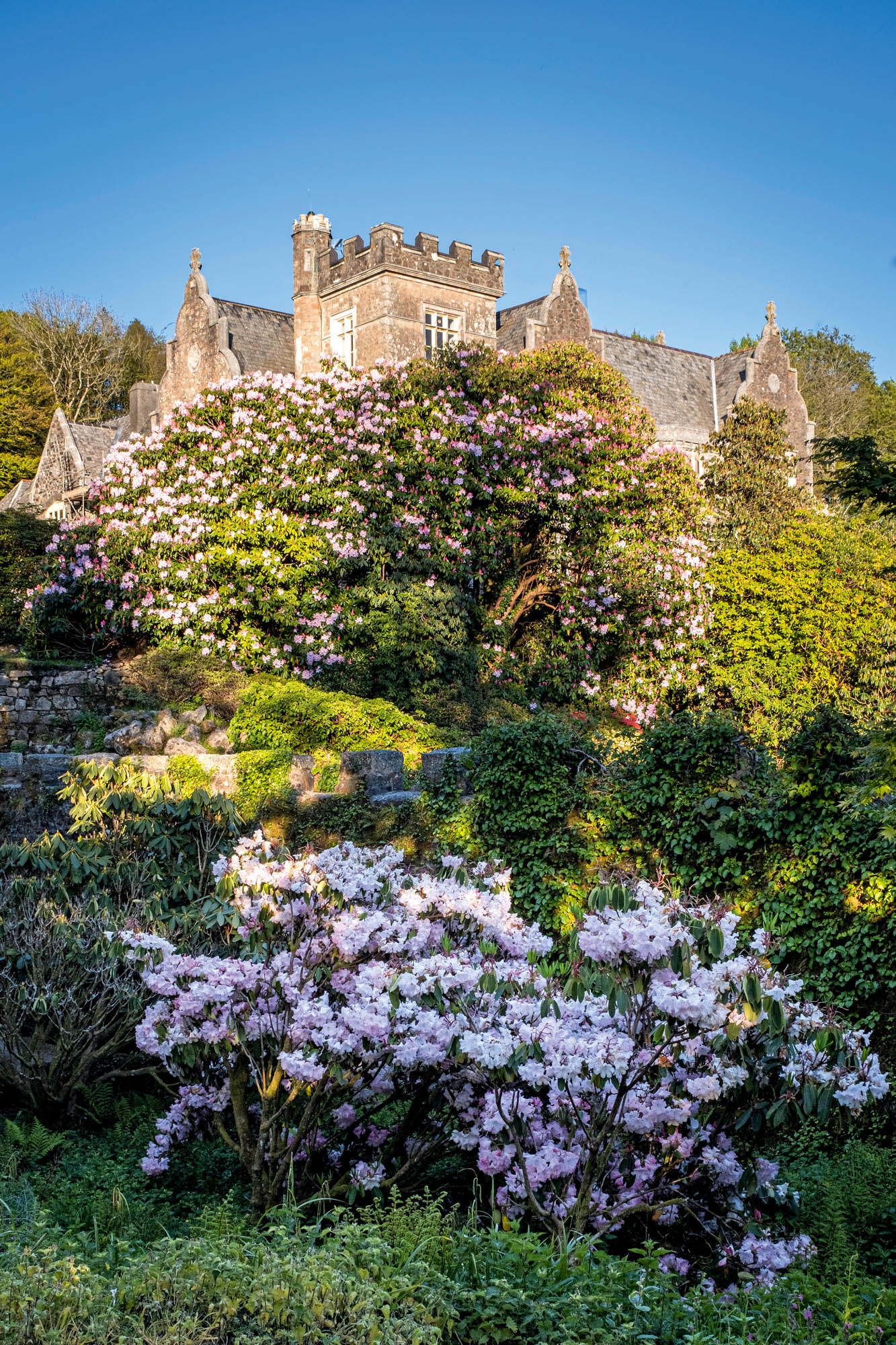
The Addiscombe brook runs from the moor through a steep valley below the house in a series of romantic ponds and cascades made by successive owners, the slopes densely planted with exotic trees and flowering shrubs. ‘People who have a flat garden envy us for having running water; you can’t go wrong with making a pretty garden,’ observes Mrs Howell.
Many of these owners have been enthusiastic plantsmen, so Lukesland reads like a horticultural history book, each chapter demonstrating the availability of plants and labour of the day: Mr Howell has recently discovered, for example, that a late-Victorian head gardener was a friend of the famous Veitch nurseries in Exeter, so would have had access to their newest and most exotic plants. He believes that at least a gingko, some of the rhododendrons and a tall, somewhat incongruous trachycarpus palm date from that time.
Five of Rosemary Howell’s best early-flowering plants at Lukesland
- Cornus kousa var. chinensis An eye-catching smallish tree with white/pinkish bracts in the spring and red/orange leaves and strawberry-like fruits in the autumn
- Rhododendron burmanicum An unusual, small-to-medium species rhododendron that needs some protection. The greenish-yellow flowers are scented
- Rhododendron falconeri A large rhododendron with deep-red, flaking bark and huge matt green leaves, which can reach more than 1ft in length with a dark rusty-red indumentum beneath. Creamy-white to pale-yellow to pink flowers in big trusses in mid to late spring. The bark looks magnificent in the winter months
- Rhododendron fragrantissimum As the name suggests, this rhododendron is highly scented, sporting delicate white flowers, touched with pink, in May. Very easy to propagate from cuttings
- Sasanqua camellias These flower before Christmas and many are scented. They like a sunny, sheltered position
By the time Howard and Muriel Howell arrived, the range of plants in the nurseries was far greater; legacies from their day include the Magnolia campbellii, more rhododendron hybrids, a handkerchief tree (Davidia involucrata), which is much admired by visitors, several splendid Japanese acers and some of the azaleas. The Second World War marked the beginning of a decline, however. ‘After the war, my father-in-law was getting on in age and lost momentum. It was quite a mess,’ says Mrs Howell.
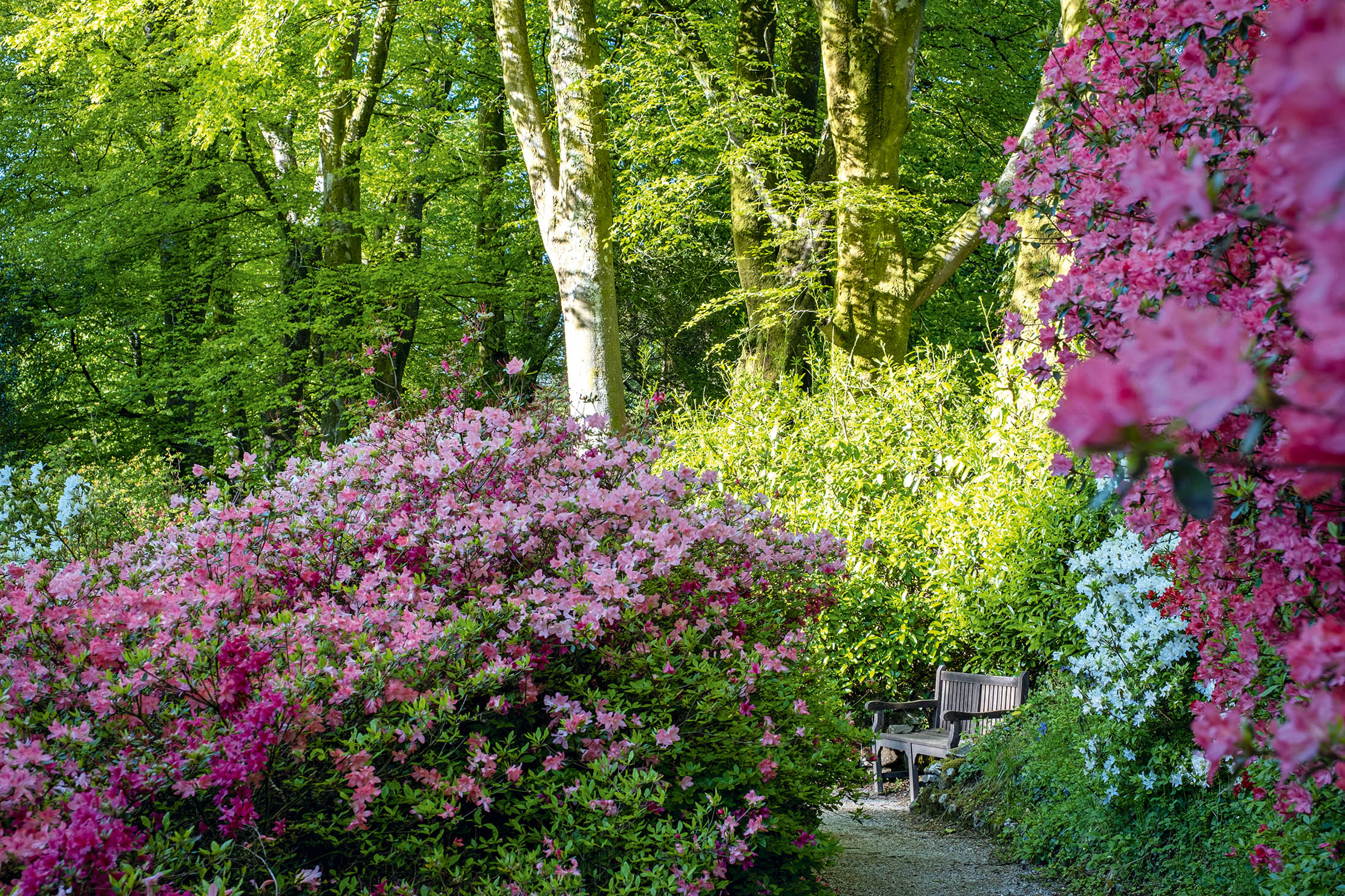
When she and her husband took over, much of their initial work involved cutting back overgrown shrubs and trees, as well as clearing the pond, which had almost completely silted up. Howell, like his Canadian father, was a forester: he was one of the founders of Fountains Forestry woodland management and the forestry adviser for the late Queen’s Sandringham estate in Norfolk.
He made a new pond at the top of the garden and started a pinetum in the 1980s in an upper area: a Picea farreri from China is a rarity and one of Mrs Howell’s latest additions is a Wollemi pine. He also renewed the beech wood by the Victorian carriageway, where the understorey is a carpet of bluebells in May.
Exquisite houses, the beauty of Nature, and how to get the most from your life, straight to your inbox.
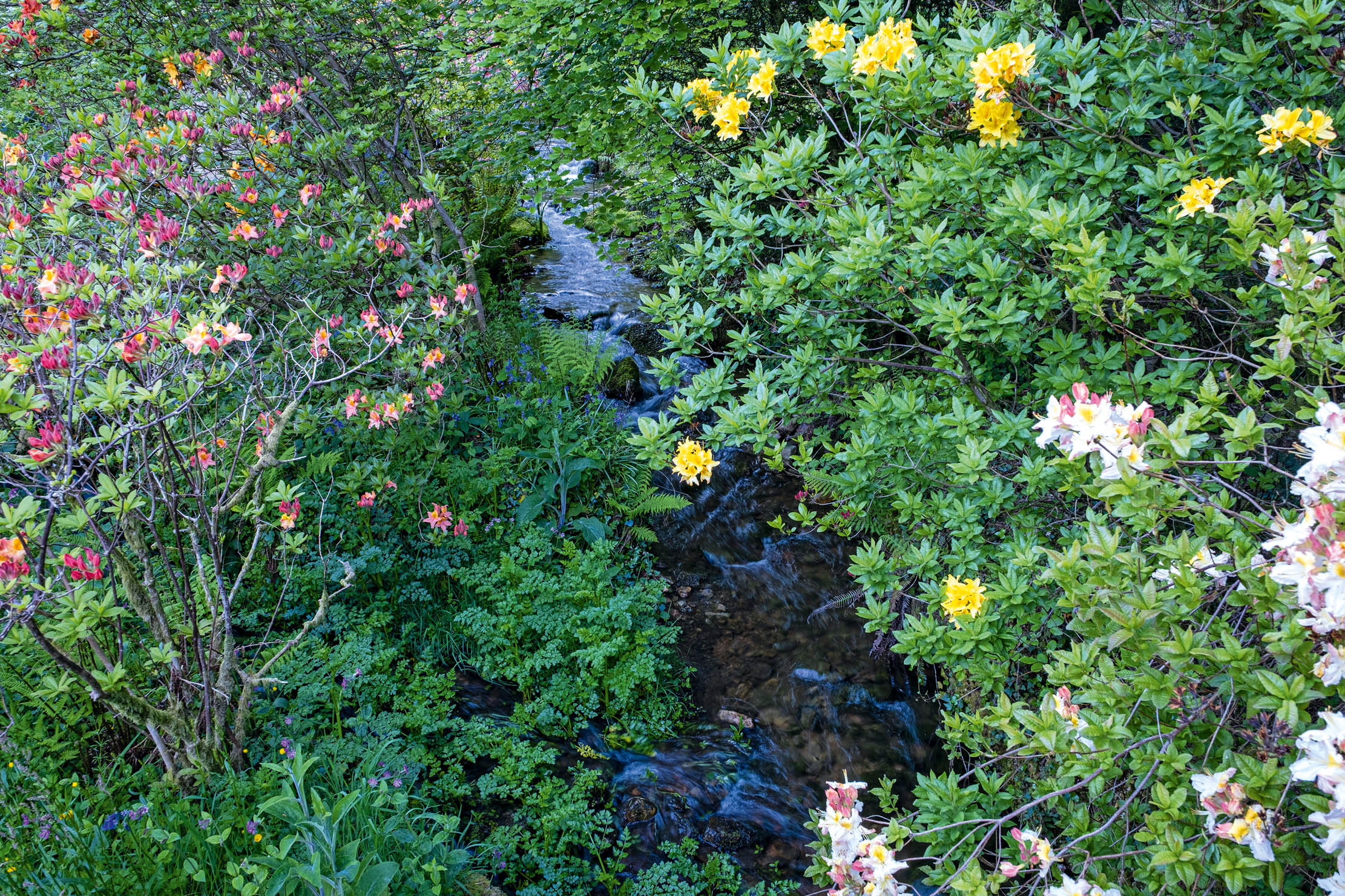
Many more camellias and trees were planted in the valley garden and Howell was great friends with Leo de Rothschild, who lived at the famous Exbury gardens in Hampshire, so Exbury’s hybrids and large-leafed rhododendron, such as R. falconeri, R. sinogrande and R. macabeanum, are a particular feature. The couple were so busy planting, however, that the majority are not labelled and their names remain a mystery.
‘It has not been that sort of garden,’ says Mrs Howell, who has opened Lukesland for the National Garden Scheme since 1992. ‘It is very much a family garden.’ Her son adds: ‘It is an “evolution garden”.’ Near the house is a rhododendron that they can easily identify, however — ‘Brian Howell’, which was bred at Exbury and recently given to the family by the head gardener there. It flowered for the first time last year and has pale-pink buds with creamy flowers.
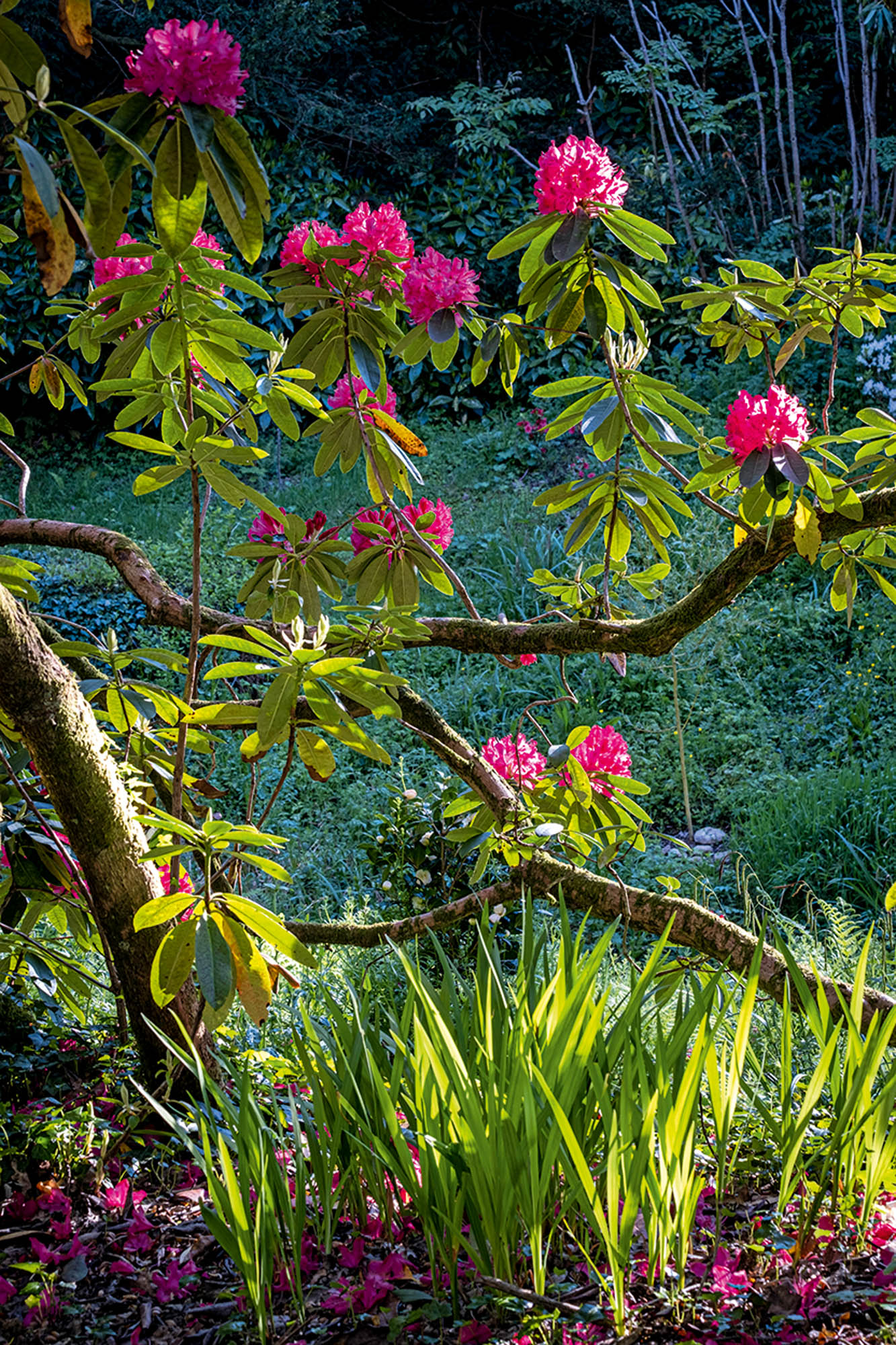
After more than 40 years at Lukesland, Mrs Howell can witness the mature fruits of her labours and is still very much involved; she walks the garden every day to keep an eye on things and plan new plantings. Meanwhile, Lorna has taken an RHS general horticultural course — she has introduced summer colour in a long herbaceous border — and John is a whizz at maintaining and adding to the structures, such as bridges and dry-stone walling, when he is not at his day job as a soil scientist. The family has a team of four part-timers to help them, too, as Lukesland opens on two days a week for its spring and autumn displays.
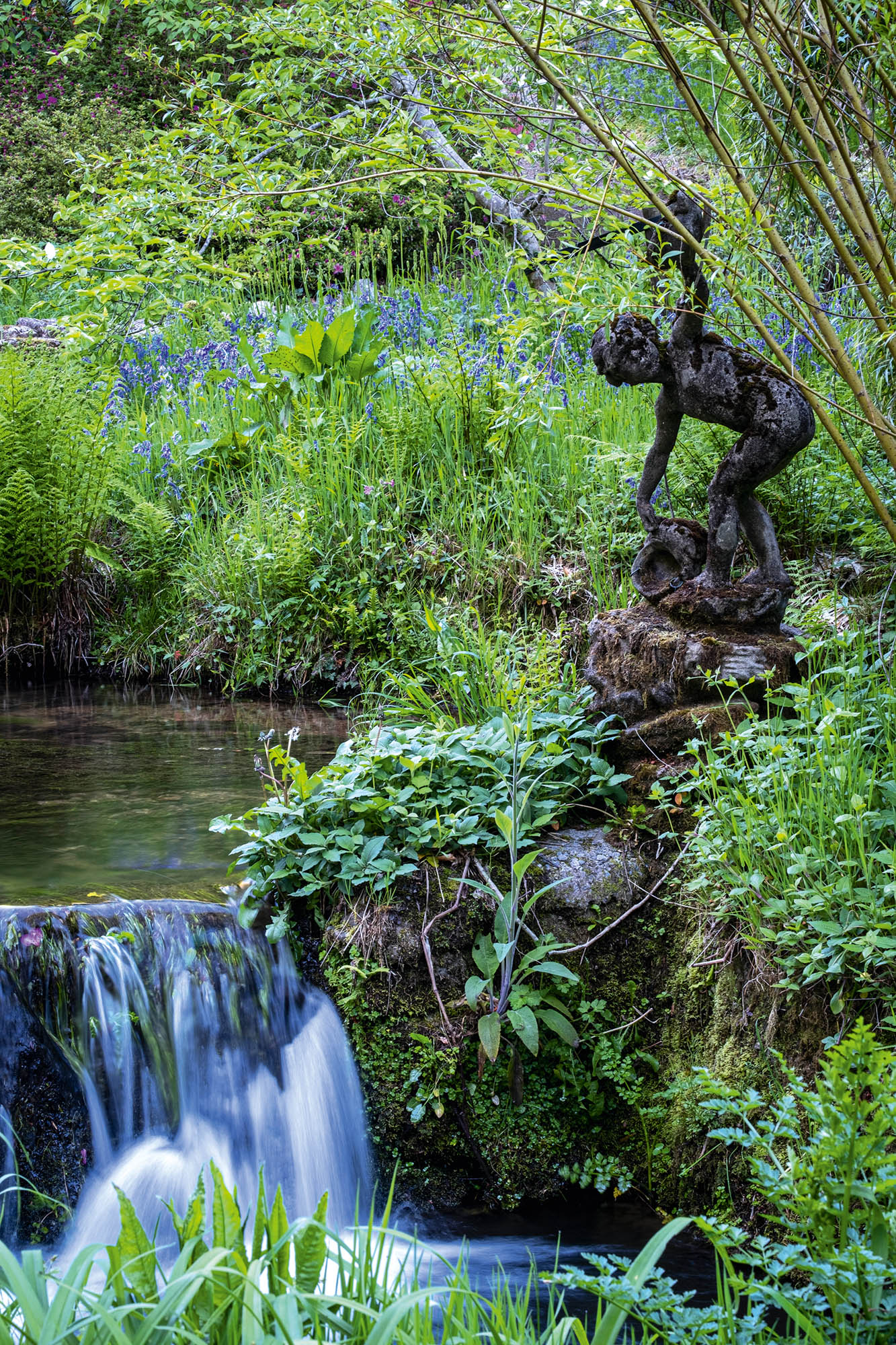
Nature has often had a hand in how things have developed, with 35 trees coming down in the storm of 1990, leaving large gaps; or floods, such as one in 2012, which broke two bridges.
But this is a family that doesn’t rest on its Victorian laurels (those went some time ago), so to speak, and where there is a space there is an opportunity: a cedar that had been left in a pot by a wall and had rooted into the ground, finally died and has been cut down recently. It left a new a sunny corner where, last year, Lorna planted a herb garden. Another chapter has opened.
Lukesland House, Ivybridge, Devon, opens in spring and autumn — 01752 691749; www.lukesland.co.uk
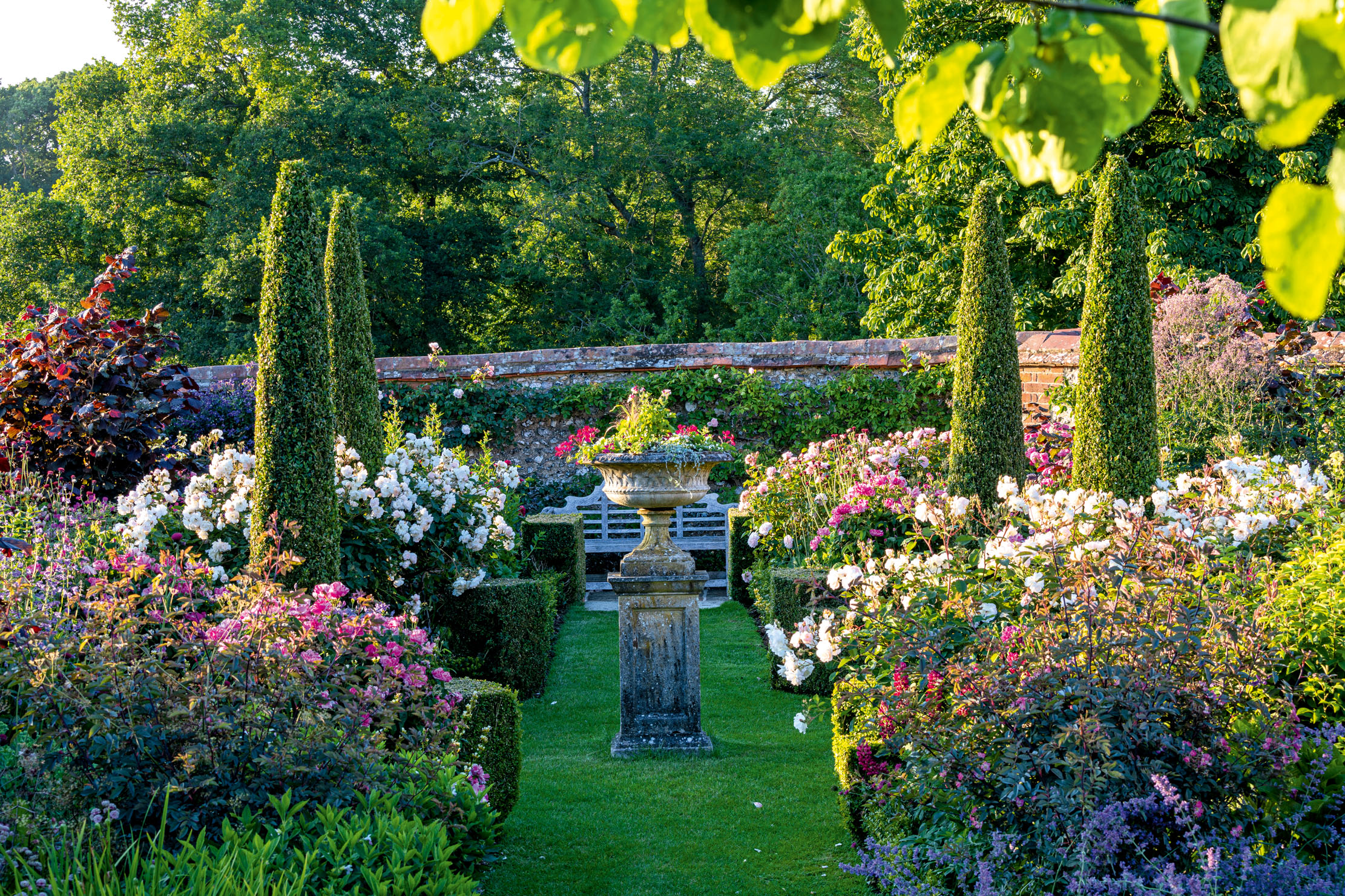
The gardens at The Old Rectory, East Woodhay: The creation of an owner with a designer's eye and a true feeling for plants
Applying many of the same parameters she uses as an interior designer helped Victoria Wormsley in the renovation of the
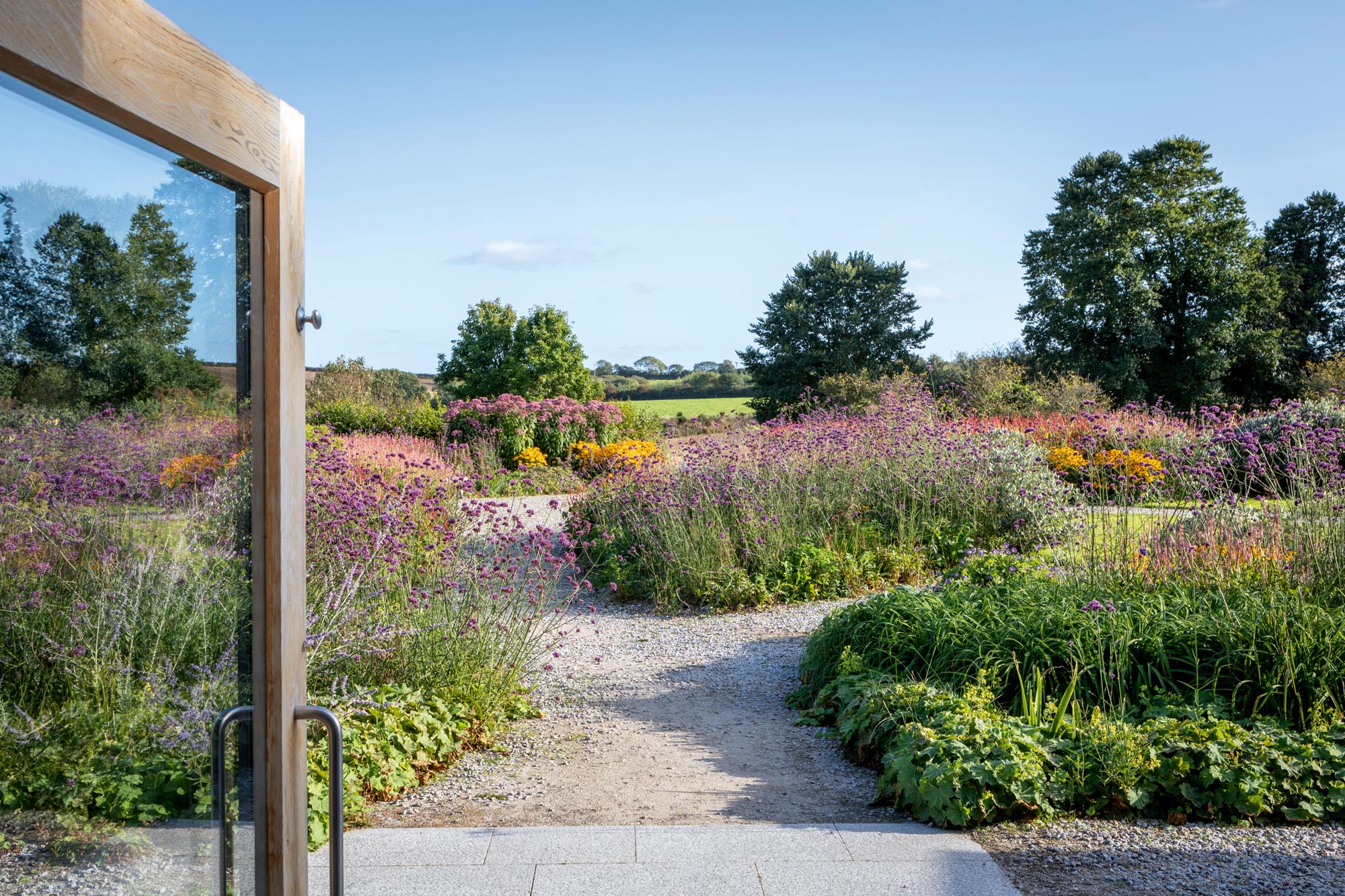
The gardens at Kestle Barton: A landscape of creeks and fields married to an award-winning gallery
Caroline Donald visits the garden at Kestle Barton Gallery, near Helford, Cornwall, a garden that marries an award-winning art gallery
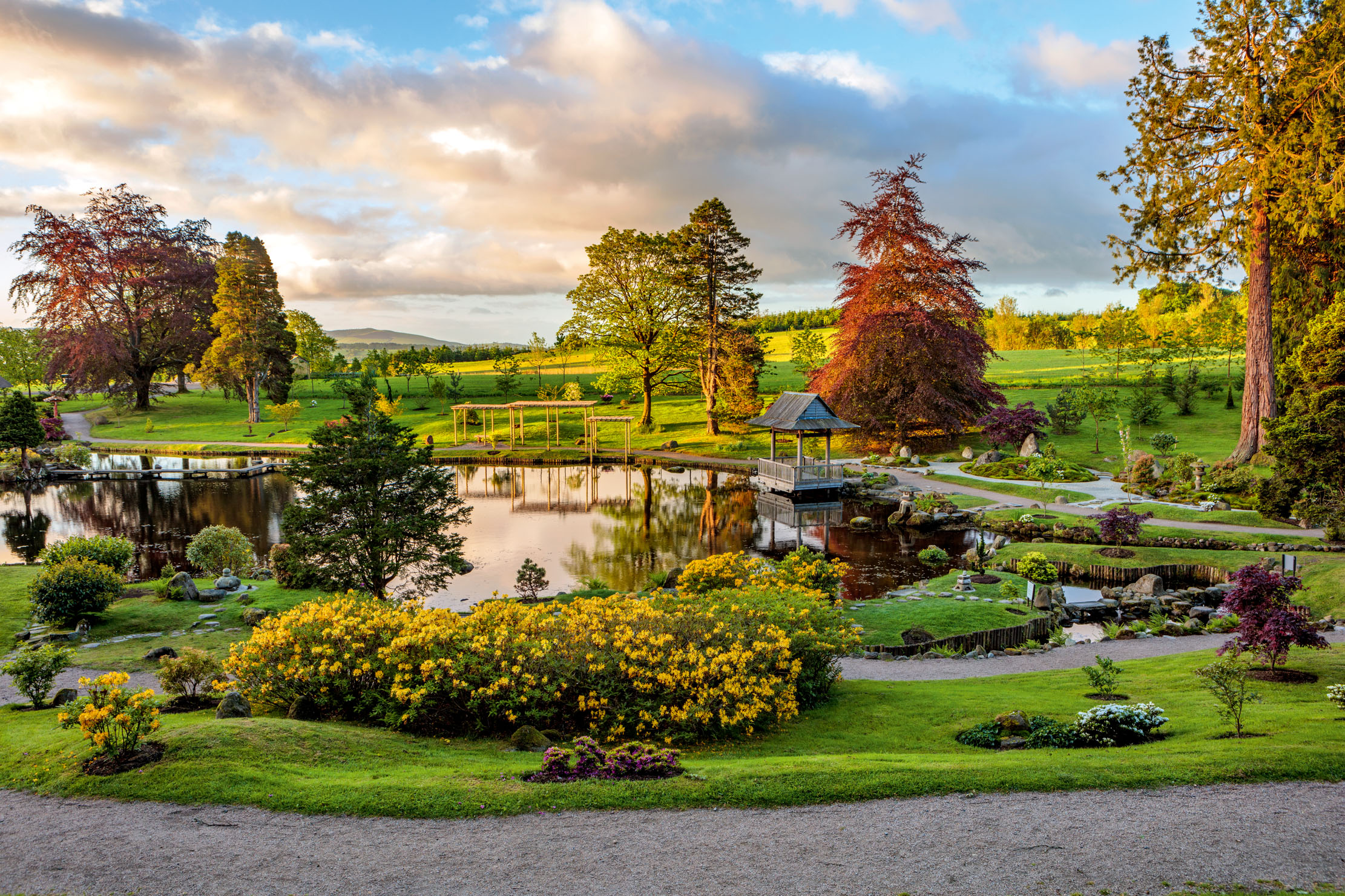
The Japanese Garden at Cowden: An iconic Oriental garden in the heart of Clackmannanshire
Described in 1925 as the most important Japanese garden in the West, the Japanese Garden at Cowden in Clackmannanshire —